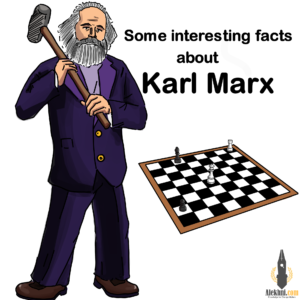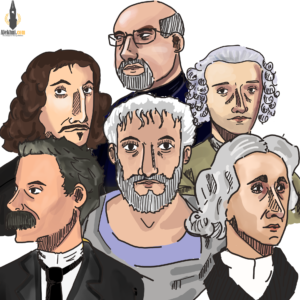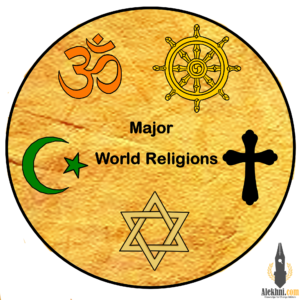Welcome to Alekhni!
Alekhni is a dynamic platform for everyone to learn and practice humanities and social sciences, uncovering their practical aspects. We make sure to keep our content uniquely fun- filled with tons of cartoons- to keep you engaged and unbored 🙂
Know our Categories
Social Studies Hub is Alekhni’s learning library, where you can explore the different disciplines of both humanities and social sciences, such as:
- Anthropology:
- Sociology
- Psychology
- Philosophy and many more!
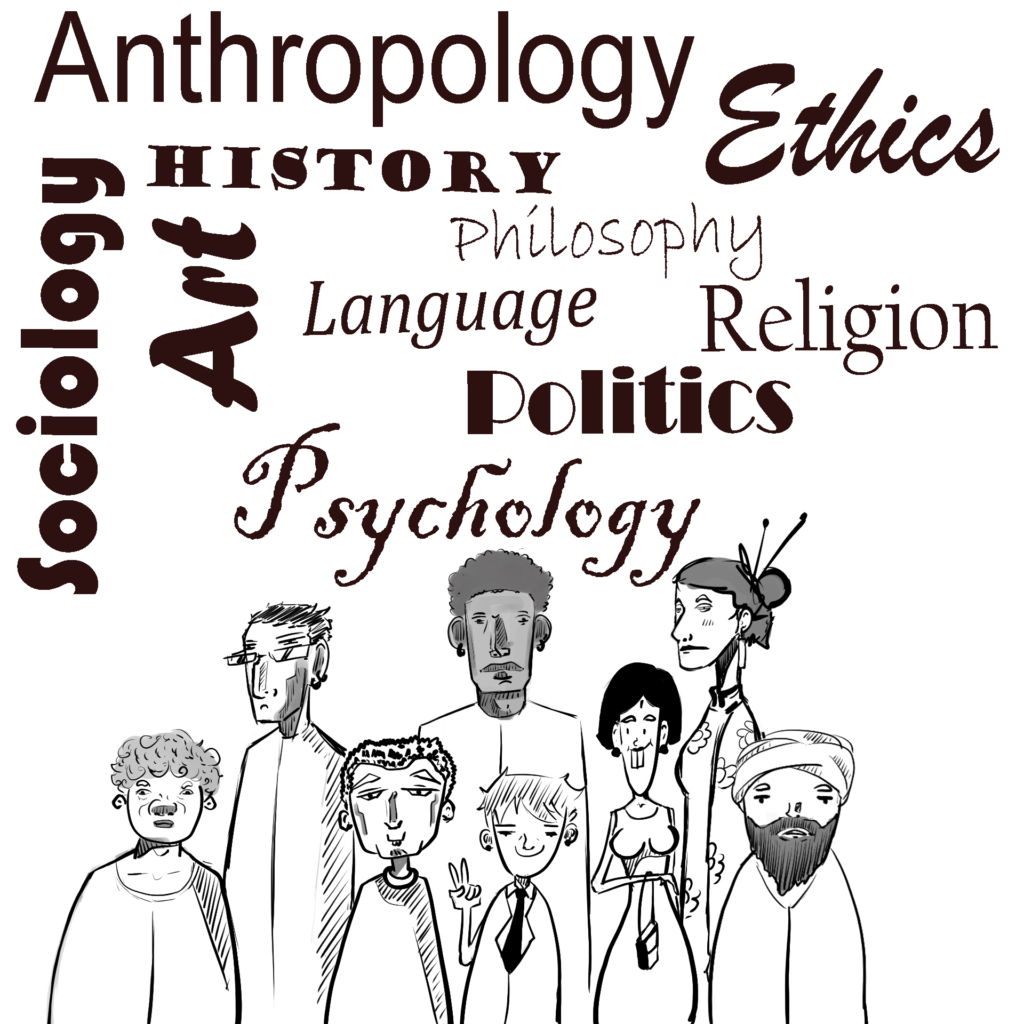
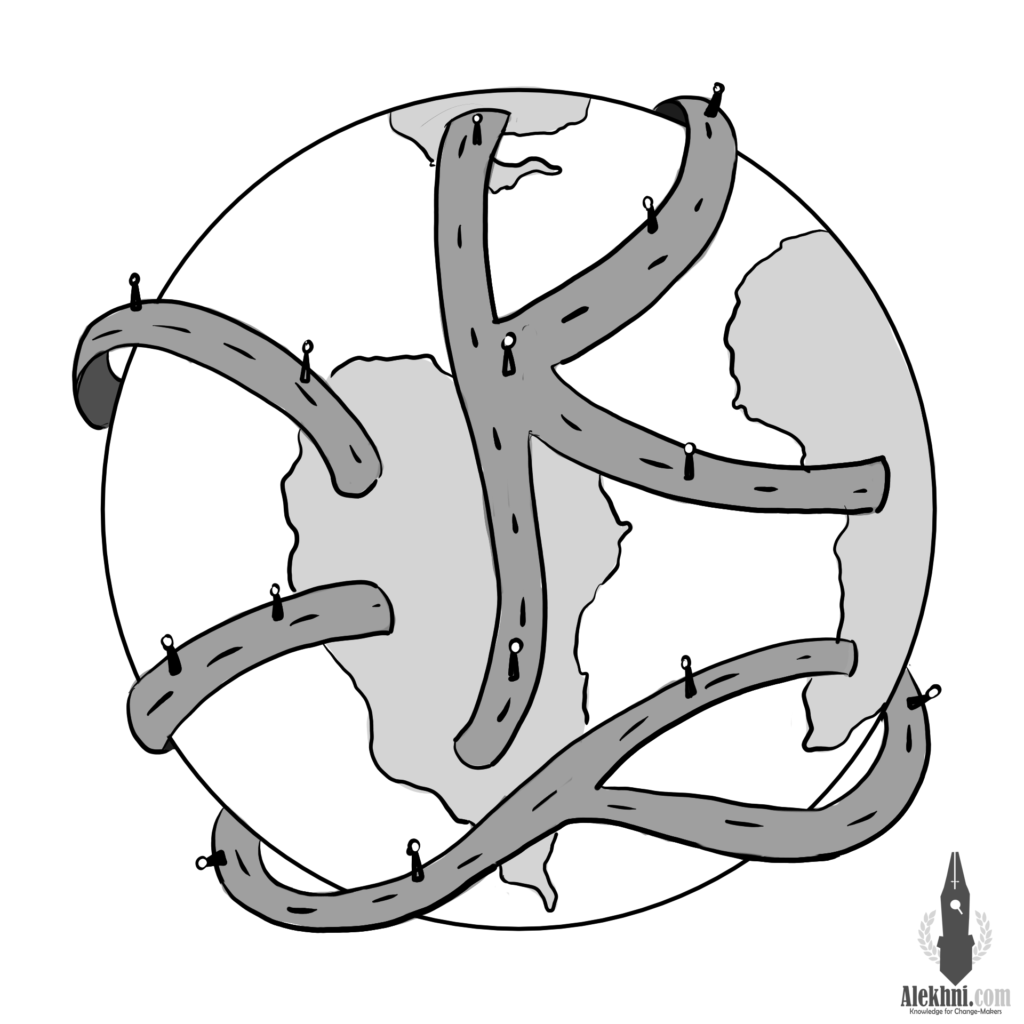
Alekhni advocates for Global Citizenship at its core. Learn about the importance of Global Citizenship.
Allow us to expand your perspective beyond borders. And call the entire world as yours with pride.
We keep you updated with the available opportunities for you to practice Global Citizenship and contribute towards a greater change.
Click on the 🌍 in the navigation menu bar to Explore the future of Global Citizenship with Alekhni!
Alekhni is committed to empowering young minds by enhancing their voices and perspectives. Read about different perspectives on various issues and know what young minds around the world have to share.
If you want the world to hear your voice and have an interesting perspective on anything to share
You can get published on Alekhni’s Voices and Perspectives as well.
Just submit your article or idea at [email protected]


Alekhni’s Bookshelves are for both newbies and master bookworms. Get new book recommendations and know more about the iconic books in the human history.
Explore our bookshelves to learn about humanities and social sciences from a plethora of books, both traditionally suggested and handpicked by our book enthusiasts practicing the subjects
Learn about Art in the most fun and interactive way at Alekhni’s Artspace. We have compiled a collection of artworks re-created in a goofy way so that you can never forget them!
Learn about the popular and hidden artists from around the world and through the history to get a glimpse into the world of art.
We realize that learning about art can be complicated and confusing for many young people because of the abstract nature of many artforms. We make it simple and organized for you!
Before visiting a museum in a new country or just for fun- Alekhni Artspace is your feed.
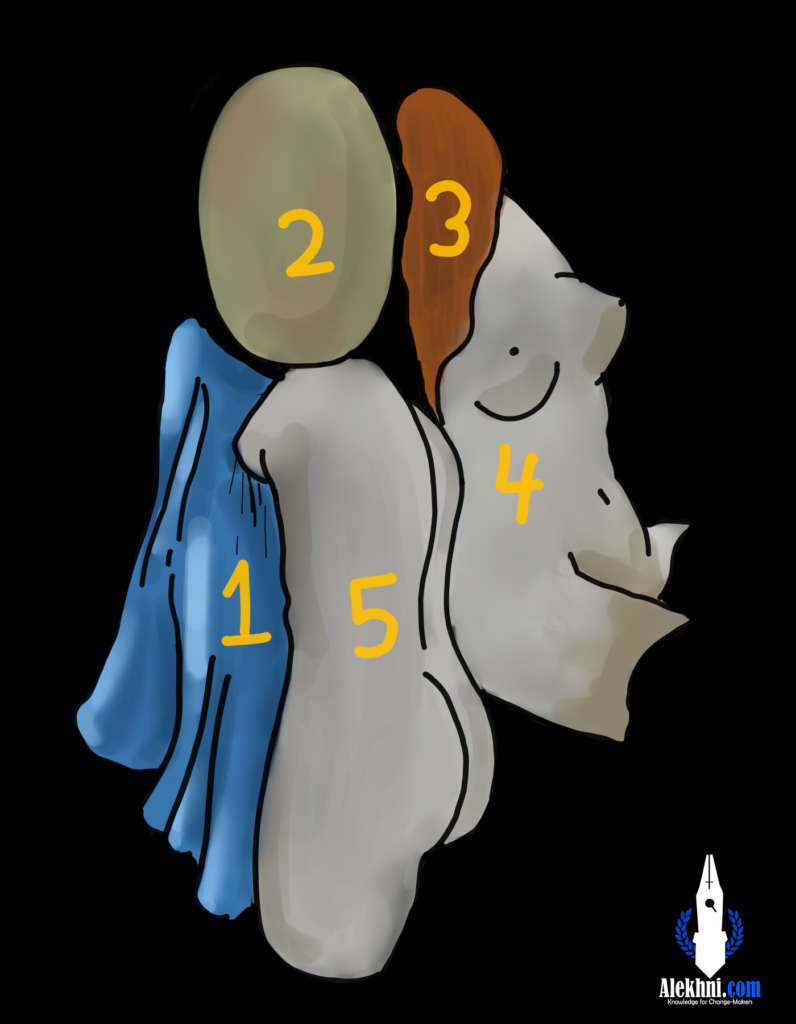

Alekhni Movies Corner has got the movie recommendations for you from all the various disciplines of humanities and social sciences.
We not only recommend you the movies but also guide you through the concepts that you can learn from those movies relating to the subjects that you are learning.
Alekhni’s movie suggestions are completely unbiased and we don’t discriminate movies based on their popularity or the language (assuming that you learned to read subtitles in high school.) 🙂
Destinations is Alekhni’s travel guide. Learn about the hidden places to visit and know beforehand what to look out for to make the most out of your trip.
We cover a wide- range of places to make your travel insightful and bring you a step closer to learning about the humanity.
Return home with a brain full as your suitcases 🙂
And remember what Dr. Seuss once said: “The more that you read, the more things you will know. The more that you learn, the more places you’ll go.”


Test your knowledge of Humanities and Social Sciences and learn from your mistakes. Take fun quizzes created for both beginners and advanced students in social studies.
We have also compiled many interesting and important facts from across the disciplines in humanities and social sciences to keep you engaged while enhancing your knowledge!
Get motivated to pursue Humanities and Social Sciences by exploring our resources at Alekhni.
Get College & Career related guidance and information to help you choose a career in Social Studies and realize their value.
Learn about the Opportunities in Humanities and Social Sciences to stay motivated and grow in your fields!

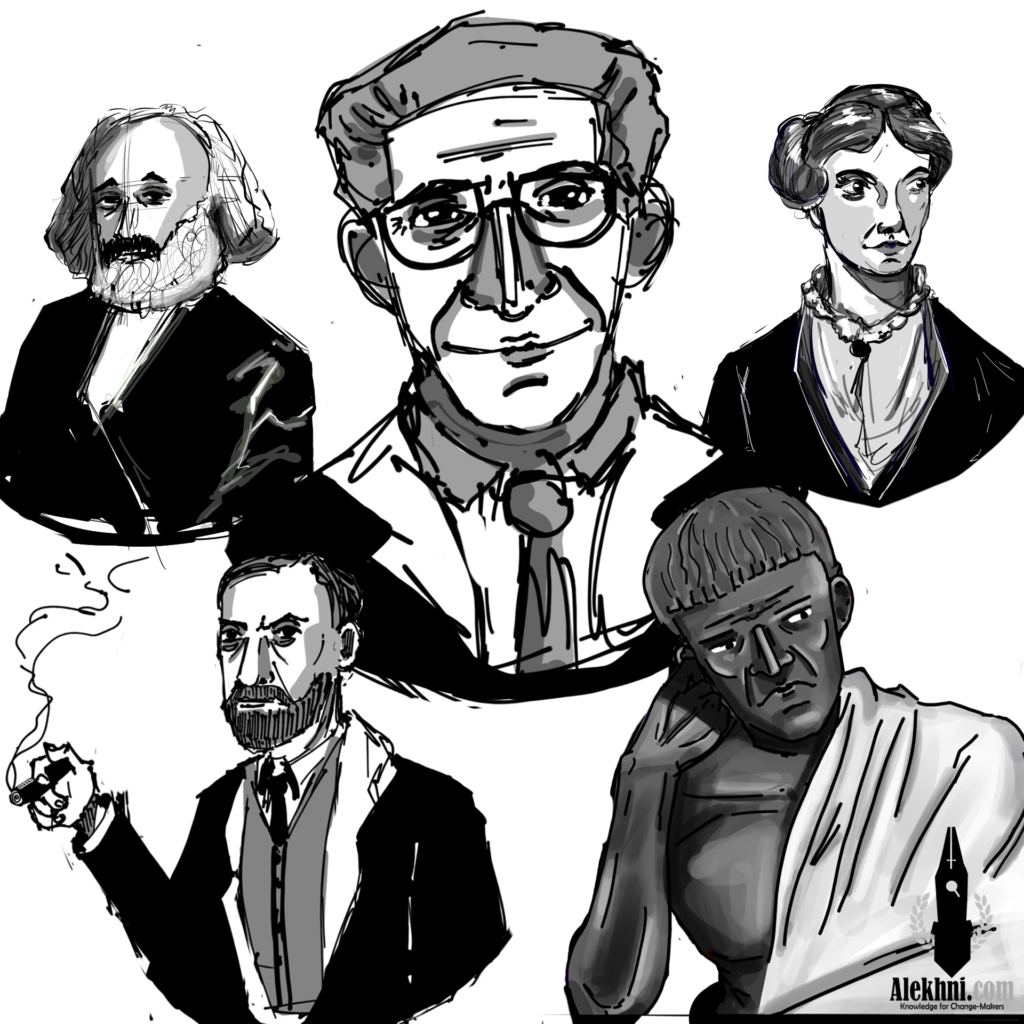
Learn about the influential people in humanities and social sciences. And read their inspirational stories at Alekhni’s Biographies.
From philosophers and social reformers to pioneering scientists, Alekhni’s rich content illuminates the profound impact these individuals have had on our understanding of the world.
With meticulously curated profiles and insightful narratives, it serves as an invaluable resource for those seeking inspiration from the remarkable journeys of these trailblazers in the realm of human intellect and society.




